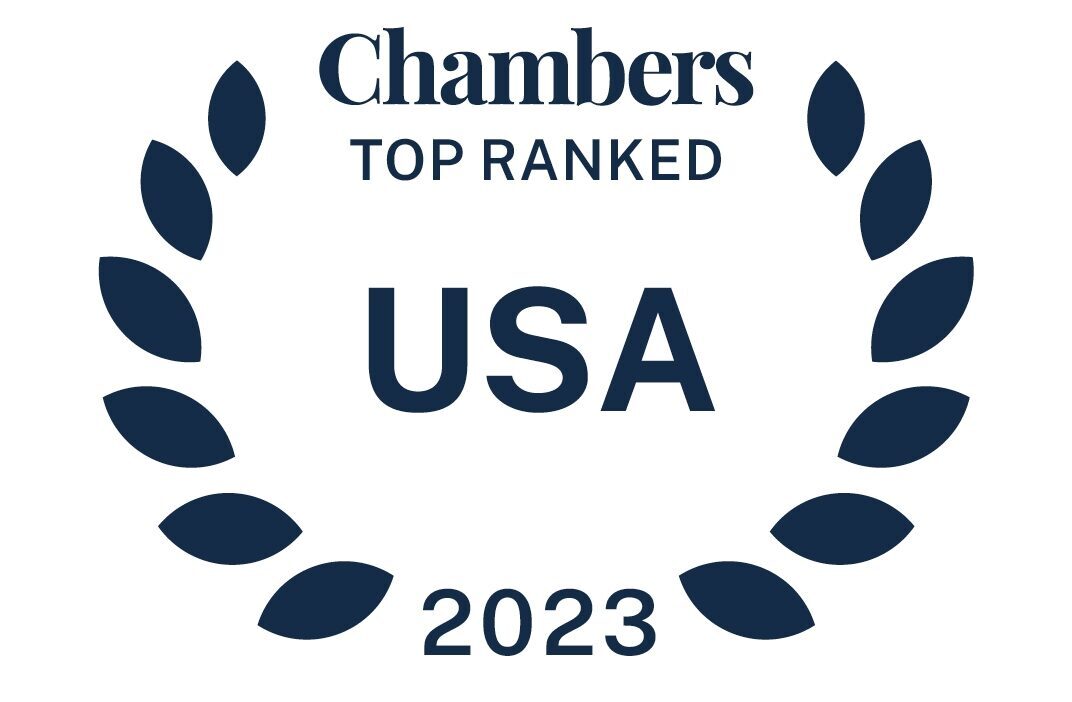The intersection of AI and healthcare is outpacing the development of laws and regulations governing the technology. Even in the early days of AI transformation, this is creating uncertainty for healthcare organizations. Leveraging existing frameworks and creating a culture of collaborative compliance can help organizations navigate these challenges without stifling innovation.
Sumaya Noush, partner at McDermott Will & Emery, and Megan Harkins, Compliance and Regulatory Counsel at Innovaccer, discussed the role of legal teams in healthcare AI innovation in a podcast recorded at Becker’s 15th Annual Meeting.
Top Takeaways
- AI is rapidly advancing in healthcare. It can help identify diseases, predict patient risk, and improve workflows. However, the legal system is having a hard time keeping up with it.
- The lack of regulation in AI can lead to novel and unpredictable legal challenges, including lawsuits that apply old rules to new technologies.
- Cross-border AI legal guidance is more unified and can serve as a gold standard for AI companies and healthcare organizations leveraging AI in any jurisdiction.
- Compliance by design, where legal and compliance considerations are integrated from the start, can help organizations navigate the regulatory minefield while maintaining their innovative edge.
- AI in healthcare will probably stay in a state of regulatory uncertainty for a while. Case law development is important for future regulation.
Making Innovation Actionable
“Flexibility within a framework” and legal-business collaboration is essential to navigate change in a highly regulated industry like healthcare.
In today’s fast-moving, tech-driven world, effective lawyers – both in-house and outside counsel – function as strategic business partners to turn creative ideas into workable, real-world solutions that exist on the right side of the law. To do this effectively and create a defensible record, it is important for compliance, legal, and business stakeholders to collaborate proactively and to ensure that innovation is guided by a clear understanding of legal requirements and ethical standards.
Lack of AI regulations in healthcare is leading to a “wild West” situation, but organizations can find guidance in existing standards and frameworks.
The gap in AI law can make it hard for healthcare organizations to adopt the new technologies, especially in the United States, where laws are often more fragmented than in other countries. US-regulated organizations can look to the EU as a bellwether for where AI oversight in the US may go. In the meantime, working within old-school healthcare regulations and operating from the place that what is true for humans and healthcare entities is still true for the AI tools that are then embedded to support the practices, provides a compliant path forward for US health industry players. That means applying existing laws and frameworks like HIPAA, recording and consent laws, IP law, and others, to novel technologies to data use cases. Voluntary commitment to industry standards like NIST and ISO 42001 can provide a structured, compliance-driven approach to AI management.
Dig deeper and listen to the full podcast here



